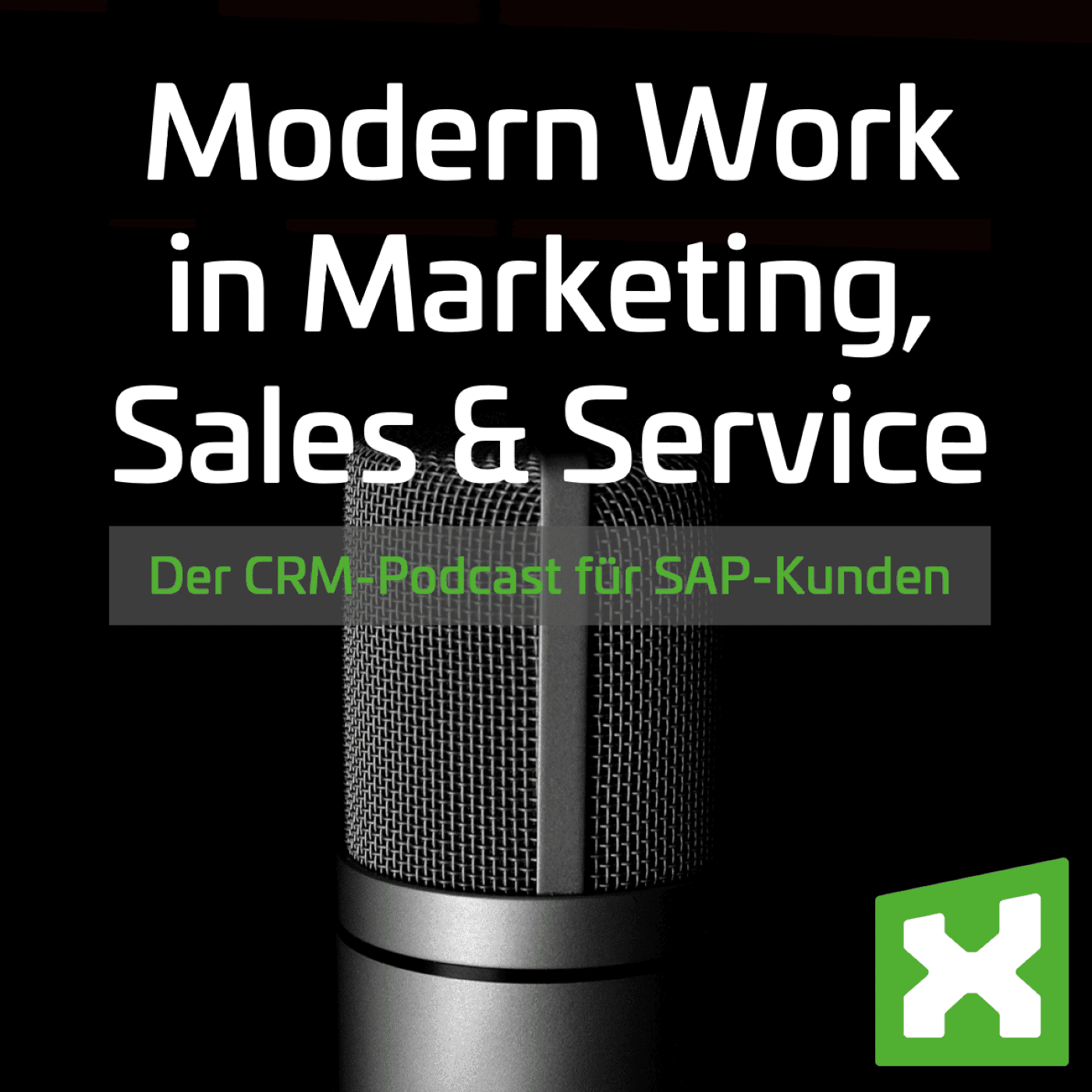Goodbye Excel and Co: how to digitize time-honored processes with the Microsoft Power Platform!
In today’s digital world, the efficiency and adaptability of business processes is critical to a company’s success. To respond quickly to changing business needs, companies must be able to react quickly to change and provide solutions to business challenges. However, considering that an estimated 750 million new applications will be needed in the next five years, but there is already a shortage of approximately 4 million developers today, simple solutions that do not require extensive or minimal programming skills are needed.

With the Microsoft Power Platform, Microsoft provides a solution suite of tools and services with which user-defined solutions can be created, data visualized and processes automated. According to studies by Microsoft, about 75% of all existing applications and workflows, which also include Excel and the like, can be replaced by the tools of the Power Platform.
Efficiently build enterprise apps without programming skills with Microsoft Power Apps
Power Apps, for example, is a part of this solution suite and allows for the development of custom enterprise apps without the need for extensive programming skills and that can access data sources such as SharePoint, Microsoft 365, Azure SQL databases or even a variety of other applications.
Power Apps in itself has different ways of building apps.
Many people still do not know how much potential there is in the tools of the Power Platform
The decision to use Power Apps and the Power Platform as a solution for automating processes can arise for a variety of reasons. Security risks, outdated technologies, lack of future proofing, or even retiring employees can all lead to companies looking to replace their existing applications. The Power Platform offers an excellent way to address these challenges.
Still, there are some challenges to overcome when implementing projects. This is because companies often do not yet know the potential of the Power Platform tools and how they can automate their processes. It is therefore all the more important to rely on a partner who in turn understands the existing processes and then transfers these to the components of Microsoft’s tools. A successful approach to Power Platform projects starts with optimizing existing processes and focusing on the added value for users.
To make the whole topic a little more tangible, we would like to give you a few examples that we have already implemented for customers.
Practical example: Excel list with macros is replaced by a power app that regulates release processes
An old-fashioned Excel, which is based on macros and co., represents a certain security gap on the one hand. On the other hand, nowadays, when almost everyone works with MS Teams, it is no longer up to date. If you integrate it directly, you can only use it with restrictions because, for example, the macros do not work with Teams.
A customer from the construction supply industry was faced with this challenge. With the help of a very elaborately designed Excel list that had grown over the years, release processes were mapped to special conditions. In addition to the complex structure, the disadvantage of the list was that the required information had to be manually collected and entered – across several IT systems.
Today, the customer has a power app that maps the complete end-to-end process. The database required to apply for a special condition relates to a CRM object. This is directly linked to the Power App and all data on the customer, including products and prices, is available in the app. If a special condition is now to be granted, the individual approval stages are triggered based on the amount of the discounts, the necessary signatures are collected, and at the end a PDF form is generated with the collected data, which can then be sent to the customer. At the same time, an SAP contract is created in the background so that the office staff also receive information about the discount that has been granted and can then compare it with the final invoice.
What used to be done with a lot of manual work is now automated through efficient interaction between Power App, Power Automate, CRM and SAP ERP.
Practical example: Replacing Lotus Notes or Access databases
A less complex, but still current example is the replacement of Lotus Notes or Access databases.
Especially today, when more and more customers are switching to M365, the question often arises as to how the legacy data can be migrated and what happens to it afterwards. One of our customers migrated the data of over 120 Lotus Notes applications using the Microsoft Power Platform tools.
The combination makes the difference: Interaction between the Power Platform and other IT applications
Now we have given you a few ideas along the way, which may have given you one or two ideas on how you, too, can transfer long-established processes into the future.
If you don’t have a concrete idea yet, ask yourself which processes have a pain point today and then ask yourself whether this process can be accelerated and simplified with the components of the Power Platform. An easy start here is certainly always an Excel tool, for example, with some macros that you transfer to a Power App and that you can automate even further in combination with Power Automate.
But also keep in mind that an overhaul of the process landscape only makes sense if the individual systems run in an integrated manner. Today, it’s often the case that there are various individual apps that you have to log into in order to get certain info. For example, customer information, sales opportunities, etc. are in the CRM, but data on invoices or deliveries are usually in the ERP. And if you want to be informed, for example, when a service notification is created for a customer, this becomes very difficult with the on-board means of CRM and ERP. At this point, at the latest, the Microsoft Power Platform can help to merge data that is normally only found in individual applications and, in addition, to trigger automated workflows.
About the author



